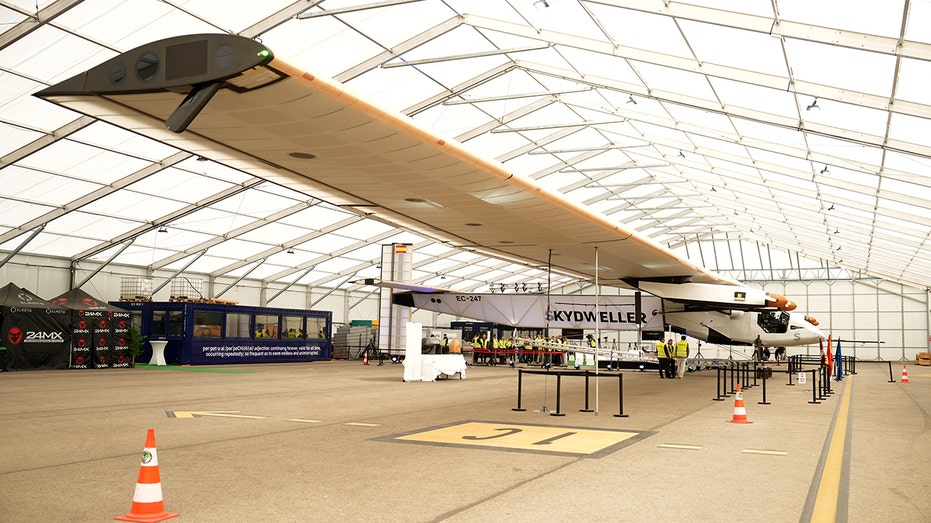Breakthrough in Renewable Aviation: Navy’s Solar Drone Flies Nonstop for Over Three Days

The U.S. Navy has achieved a significant milestone in sustainable aviation technology with the successful flight of its solar-powered drone, Skydweller. Developed in partnership with Skydweller Aero, the drone completed a continuous 73-hour flight at Stennis Space Center, Mississippi, demonstrating the potential for long-endurance, fuel-free missions. This achievement signals a promising shift toward renewable energy solutions in defense operations and beyond.
Extending Flight Endurance with Solar Power
The recent test showcased Skydweller’s ability to store enough solar energy during daylight hours to sustain operations through the night. During this period, the drone autonomously navigated challenging weather conditions, made real-time decisions, and maintained secure communications, all without human intervention. Engineers confirmed that the drone’s design enables it to operate continuously, opening doors to prolonged surveillance and reconnaissance missions.
Design and Capabilities
Skydweller features a wingspan comparable to a Boeing 747, yet it weighs roughly as much as a Ford F-150. Its expansive wings are fitted with solar panels that power four electric propeller engines during the day, while excess energy is stored in onboard batteries for night flying. This hybrid energy system allows the drone to remain airborne for extended periods, with theoretical capabilities reaching several weeks, pending weather and operational constraints.
Strategic Implications for the U.S. Military
According to officials from the Naval Air Warfare Center Aircraft Division (NAWCAD), Skydweller will become a vital component of the Navy’s intelligence, surveillance, and reconnaissance (ISR) network. Unlike costly satellites or larger drones such as the Global Hawk, Skydweller offers a more affordable and persistent monitoring solution. It can hover over designated areas, functioning in a “pseudo-satellite” role, and freeing higher-priority assets for critical missions.
For U.S. Southern Command, which oversees military activities across Latin America and the Caribbean, Skydweller could enhance efforts in countering drug trafficking, border security threats, and maritime challenges. Longer-term testing planned for this summer aims to validate its operational endurance in these regions.
Future Prospects and Broader Impact
With over 220 flight hours logged, engineers believe Skydweller’s endurance could extend significantly with further testing. Such renewable-powered drones address logistical challenges faced in contested environments where traditional fuel resupply might be risky or impossible. This development points to a future where renewable energy supports critical military and civilian applications, including disaster response, environmental monitoring, and global communications.
The Navy’s successful demonstration underscores how clean energy technologies are transforming aviation. As solar-powered drones prove capable of days-long flights, similar innovations could revolutionize commercial aviation, reduce operational costs, and promote sustainability across various sectors.

